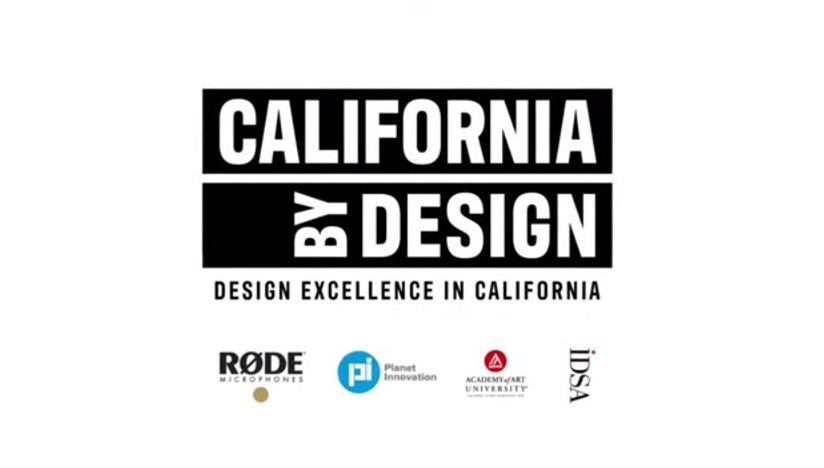By Nina Tabios
Two students from the School of Industrial Design (IND) made their on-screen debut recently, as part of a new TV series called “California by Design,” which premiered on KPIX-5 CBS in the Bay Area earlier this summer.
The six-episode show, which is an American adaptation of an Australian program of a similar name, takes viewers on a different kind of West Coast tour. Developed in partnership with IND Executive Director Tom Matano, who was a member of the series’ judging panel, “California by Design” explored 33 cutting-edge innovations homegrown right here in the Golden State, including new design solutions like a 3-D model sinus surgical training simulator, a baby bottle feeding system, a 3-D geospatial mapping system, and IND’s own application of virtual reality sketching, demonstrated by transportation design student Santiago Bastidas.
“Overall it’s great to expose the industry to what we’re doing in the education sector to train the next generation of designers,” said IND Director Antonio Borja. “We want to showcase the tools and new creative pipeline we’re deploying in the classroom and how we’re educating them to design products and, again, using innovative tools that weren’t available five to six years ago.”
Academy students like Bastidas are accustomed to talking about their projects in front of an audience, including industry professionals and company executives, but doing so in front of a camera crew was a completely different experience.
“Usually when I’m presenting for school, I can rely on the project itself and what the design is about, what my intentions were,” said Bastidas, who presented AURA, his PSA Peugeot Citroën concept from the Spring 2019 semester. While the vehicle exhibited elements of innovation, the actual focus of the segment was Bastidas explaining to Whipsaw CEO, principal designer, and show host Dan Harden how VR sketching has improved his design process and helped him imagine the interior of the vehicle.
“For [this show], it was more, ‘Tell us a little bit about [the] project, what you’re doing different, and how innovation works,” explained Bastidas. “I never talked live—and on a show—before, so I kept forgetting the lines. They told me to forget about the script and do it naturally.”
E’lan Hawkins also had a part in the series as a presenter. She was one of three IND students auditioning for the show and landed the part to introduce two products: the Butlr. home management system in episode three and the guitar stand by D&A Guitar Gear in episode four.
“Going to the actual shoot, I looked up what the product was and studied a bit of what they were creating. And when we got there, we just did the lines on the spot,” Hawkins said about filming her small screen debut. “A lot of it was just improvising. The designers who owned the products would go through their lines, and I would [react] just based on what exactly they were telling me.”
Both Hawkins and Bastidas got to speak to the other designers on their respective sets, which is not the typical way of engaging with industry, but the opportunity still proved worthwhile.
“Looking back on it, just really seeing how companies are made from the inside was really great,” Hawkins said. “And one thing I really got to see was [that] the makers of the products were just really fun people to be around. When you see them on the commercials or on their About pages, they look really serious, but they’re really fun to be around.”
While it may have been his students’ first time on set, Matano had some experience being in front of the camera. It took an entire day to film his parts in the show, which was to deliberate with the other judges on what innovations made the cut.
“The main factor to consider was impact and the benefit to make the people’s lives better. Industrial design is to solve the problem,” he said. The breadth of the concepts and variety made naming a winner a close one. “Each product’s innovation was equal in impact but the differentiator [was] how the innovation supports making people’s lives better and that could be joyful or could be practical or emotionally fulfilling.”
While the show was primarily interested in spotlighting the newest developments in design, Matano believed the show also provided some clarity on the impact industrial design has on our day-to-day lives.
“It’s more exposure [and] a better way for people to understand what industrial design is,” Matano said. “There’s a variety of things that industrial design is involved with and we all felt the main hope [for this show] is promote industrial design to a household level.”
